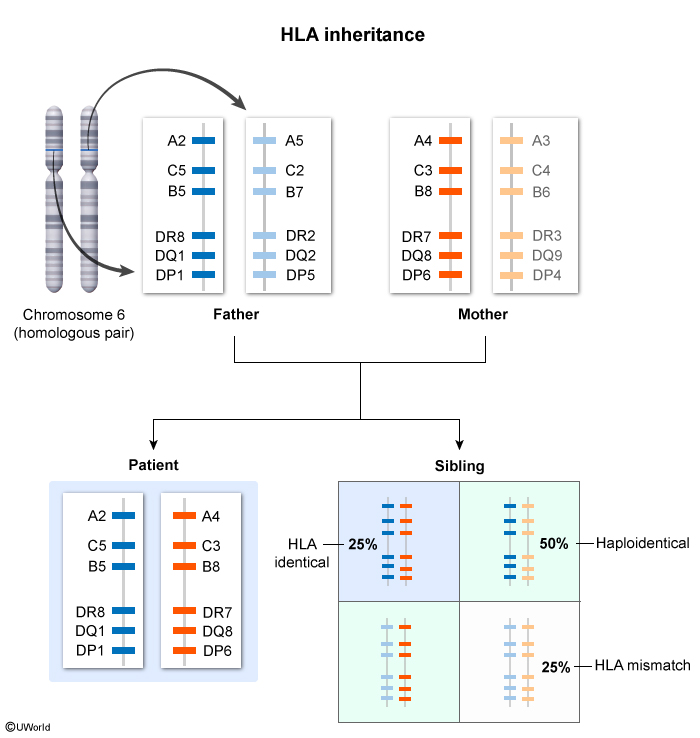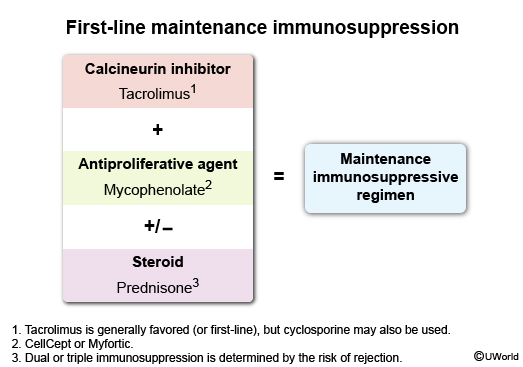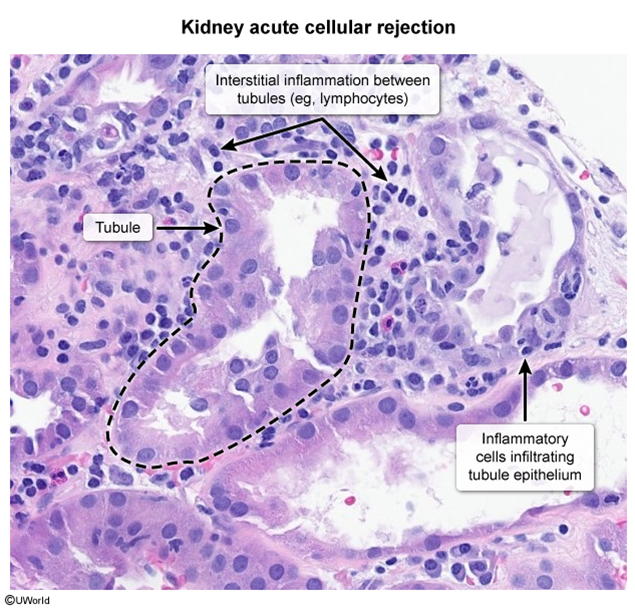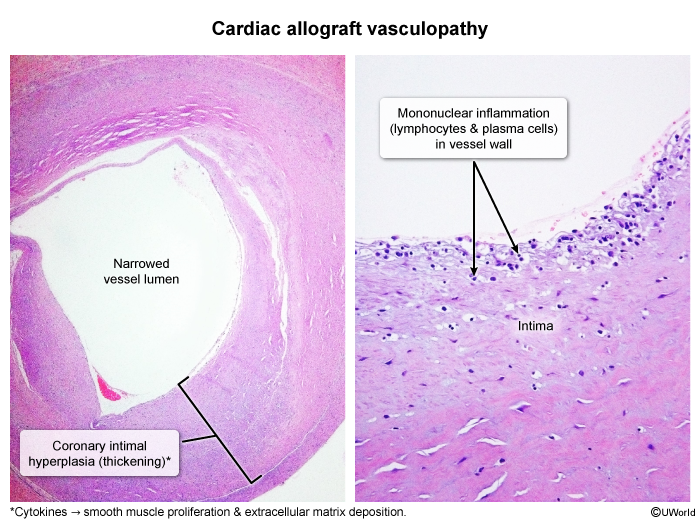Solid Organ Transplant: Complications
Article Sections
Introduction
A wide range of complications can occur hours to years after solid organ transplantation. They can impair allograft function (eg, acute rejection) or systemic recipient health (eg, opportunistic infections). Solid organ transplant complications can be classified as (Table 1):
- Immunologic
- Infectious
- Noninfectious
This article details these 3 types of complications, then presents a timeline-based differential diagnosis for clinical practice. Kidney, heart, and lung transplants are used as examples, but the principles also apply to other solid organ (eg, liver, pancreas) transplants.
Immunologic complications
Solid organ graft rejection is classified as hyperacute, acute, or chronic (Table 2).
Hyperacute rejection (minutes to hours after transplant)- Preformed recipient antibodies immediately attack antigens expressed on the graft vascular endothelium (eg, human leukocyte antigens [HLA], ABO antigens). Prior recipient sensitization (eg, previous blood transfusions, multiparity) is the main risk factor. Upon antibody attack, massive complement activation results in
Continue Learning with UWorld
Get the full Solid Organ Transplant: Complications article plus rich visuals, real-world cases, and in-depth insights from medical experts, all available through the UWorld Medical Library.
Figures


Images

